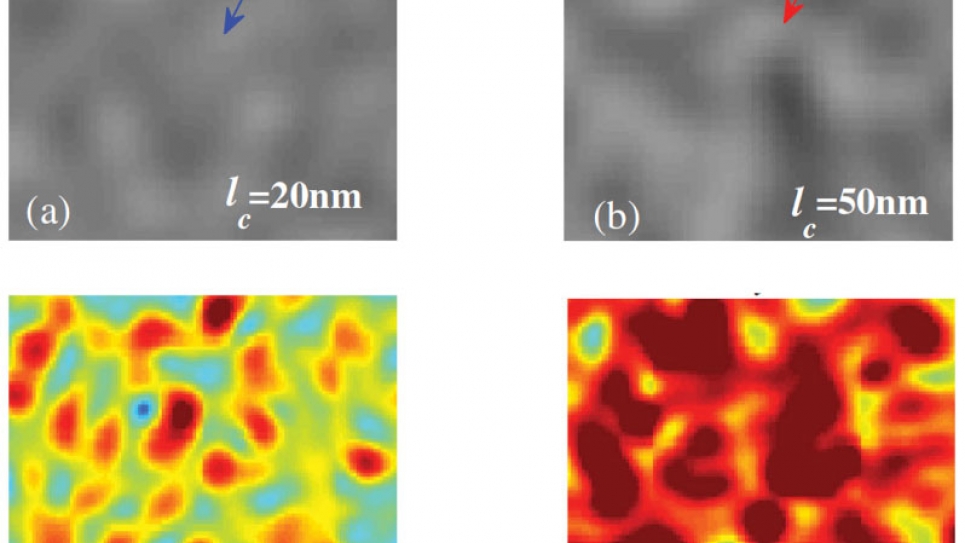
Finite Difference Time Domain Simulations to Facilitate Early-Stage Human Cancer Detection
Early-stage cancer detection has been widely recognized as one of the most critical factors to successfully treat cancer and reduce mortality. Current gold standards for diagnosing cancer target existing tumorous tissue and cells. These techniques are not efficient in detecting cancer before formation of the tumor, since very early cancerous alterations occur at macromolecule scales. The ultimate goal of this research is to develop a low-cost, high-throughput optical microscopic technique that can sense macromolecular alterations and predict cancer risk at a very early stage.
Facilitated by finite-difference time-domain (FDTD) computational solutions of Maxwell’s equations, this research group has developed the novel technique, Partial Wave Spectroscopic (PWS) microscopy, that can detect static, intracellular, nano-architectural alterations not accessible by conventional microscopy. Researchers propose to extend FDTD’s capabilities to develop a dynamic component to PWS that will, in combination with static PWS, provide insights into macromolecular behavior in live cells. Because a dynamic PWS requires numerical methods to simulate optical imaging systems, the group’s FDTD software package, Angora—literally “a microscope in a computer”—will be applied to its development.
The proposed research could significantly improve early-stage detection of several different cancers (e.g., lung, colon, pancreas, esophagus, prostate, and ovaries) and benefit the public by reducing mortality rates. Additionally, it could provide tools to reveal fundamental macromolecular behaviors during pathological processes that are critical for the development of therapeutics targeting these behaviors.